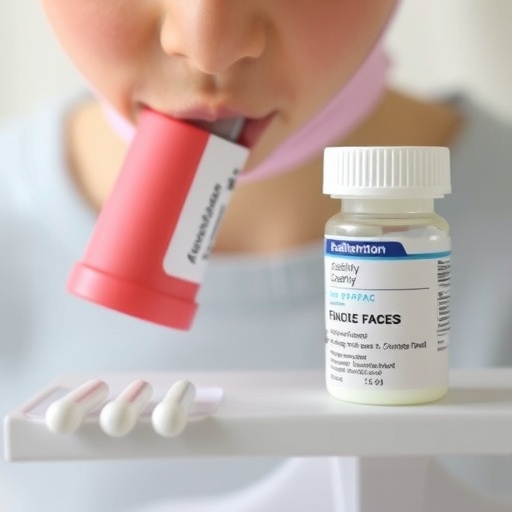New technologies are developed at a rapid pace, often reaching the marketplace before policymakers can determine how or whether they should be governed. Now researchers from North Carolina State University and Nanyang Technological University in Singapore have developed a model that can be used to assess emerging synthetic biology products, well before they are ready for the market, to determine what needs to be done to inform future policies.
"For emerging technologies, there are a host of groups that may have an interest in determining how the technologies should be governed – from public policymakers to the private sector," says Jennifer Kuzma, co-lead author of a paper describing the work and the Goodnight-North Carolina GlaxoSmithKline Foundation Distinguished Professor in Social Sciences at NC State.
"Governance can take many forms, from public engagement efforts to the development of regulations, but in order to determine what measures may be necessary, groups need to first identify relevant research, dialogue and information needs," says Kuzma, who is also the co-director of the Genetic Engineering and Society Center at NC State. "For example, what do we need to know in order to make informed decisions about this technology? What we've now developed is a tool that can be used to help stakeholders identify and prioritize those needs on a case-by-case basis."
To create the model, researchers interviewed 45 synthetic biology experts, then conducted a follow-up survey of 34 of those experts, focusing on four case studies of synthetic biology technology: two types of highly engineered microbes, de-extinction technology, and cyberplasm – theoretical, nanoscale robots made of biological components. For each case, the experts were asked a broad range of questions, including questions related to risk and governance.
Two key themes that came out of those interviews and surveys were controllability and familiarity. Controllability can refer to issues such as how widely a technology may be used or whether it is reversible. Familiarity refers to how much people know about a given technology and the extent to which a new technology is similar to existing technologies or organisms.
"Broadly speaking, we found that controllability was more important in terms of assessing environmental and human health risk, whereas familiarity played a stronger role in determining whether more attention should be paid to the ethics of how a new technology may be deployed," says Christopher Cummings, co-lead author of the paper and an assistant professor of strategic communication in the Wee Kim Wee School of Communication and Information at Nanyang Technological University in Singapore.
Drawing on these analyses, Kuzma and Cummings developed a tool called the Societal Risk Evaluation Scheme, or SRES.
Under the SRES, users evaluate how much information is available in each of eight categories:
- Human health risks;
- Environmental health risks;
- Unmanageability;
- Irreversibility;
- The likelihood that a technology will enter the marketplace;
- Lack of human health benefits;
- Lack of environmental benefits; and
- Anticipated level of public concern.
Users can then plot the results in a chart to help determine what next steps should be.
For example, if there is a lot of data showing minimal human health risk, but there's also evidence of significant public concern, a public outreach effort may be warranted. Or, if users see that there is a paucity of human health risk data, that could be a focal point for future research.
"Technologies are developing so rapidly that we need to have the foresight to plan ahead," Kuzma says. "Right now, it seems like governance doesn't begin to take place until new technologies are either poised to enter the marketplace or are already there."
###
The paper, "Societal Risk Evaluation Scheme (SRES): Scenario-Based Multi-Criteria Evaluation of Synthetic Biology Applications," is published in the journal PLOS ONE. The research was supported by the Alfred P. Sloan Foundation.
Media Contact
Matt Shipman
[email protected]
919-515-6386
@NCStateNews
############
Story Source: Materials provided by Scienmag




